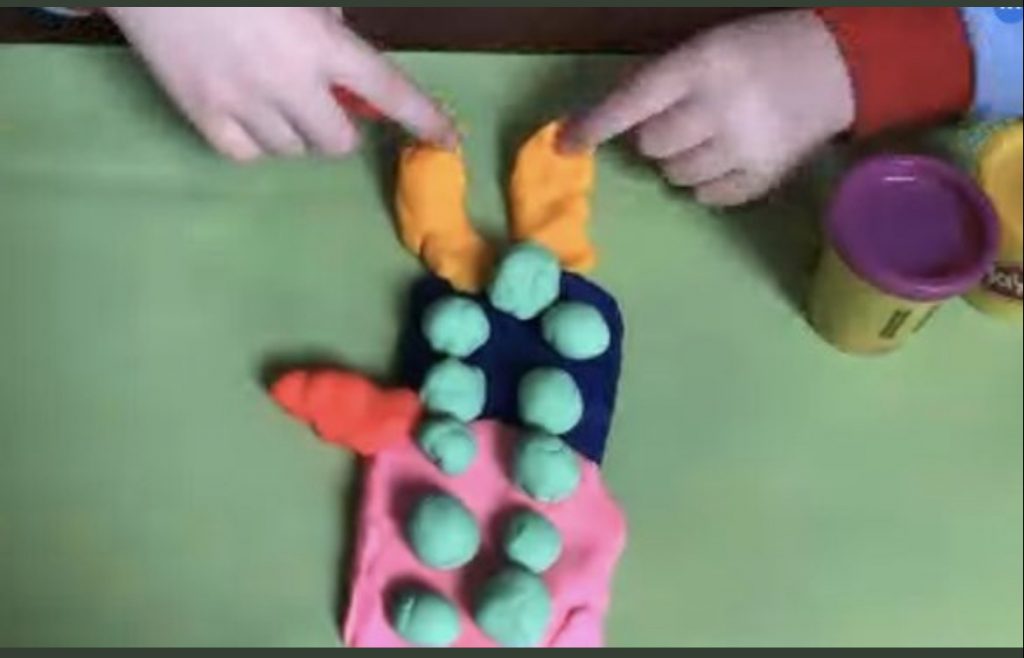What is the first song that comes to mind when you think of your students?
Is it Them Kids by Sam Roberts Band or Kids by MGMT? Solid tracks if so. However, after nearly three months in this grade six homeroom, the song that keeps playing the loudest in my head is The Kids are Alright by the Who. To be more precise, one line from the song’s chorus. La phrase juste.
“The kids are alright.” – gush warning pending in proceeding paragraphs
I am not going to dwell on the inner workings of the melody, harmony, and verses of this classic rock masterpiece, except to say that the Who provide a superbly sonic conduit to get me to the one line in the chorus that is the soundtrack to this year so far. I can’t explain it either, but I know that teachers young and old of my generation can join together in harmony knowing that the kids are alright and won’t get fooled again. Amen.
After 5 incredibly educational years as a SERT, Transitions, and FI Lang/Math teacher the return to a homeroom classroom has brought with it a breath of fresh air that I was not able to have while my role was trifurcated. I feel a bit selfish being able to teach in my own classroom all day long. It feels good to linger a little longer in a subject area when the magic is happening, safe in the knowledge that causing any changes to the daily schedule are not going to affect my colleagues.
I think that the universe agreed that the past 3 years of online, in person, and hy&r!d instruction helped me build up enough karma points this year? I would have also been good with unadulterated good fortune as an explanation, but I think there is more to it than that. I believe that it has to do with the kids these days who are walking through the door each day.
Bringers of joy
I am happy, inspired, and excited for what is going to happen each day. Sometimes it is the little things like the way they are suddenly able to pause for a moment of redirection without making it a big deal. Maybe it is when they all want to volunteer to do something and even when some don’t, they still accept their fair share of a task. Perhaps it is their willingness to share their thoughts
We have created ideal communities, solved school and global problems using design thinking models, done research/designed devices to support bees as a keystone species in great danger, discussed, read, and written about racism (anti-Black, AAPI, and anti-Indigenous) and identity, we have reviewed a lot of Math and have taken some extremely large bites out of fixed mindsets that were taking over Math learning, these growth mindset habits are happening in French class too.
Add in a lot of personal reading, writing, and constant creative opportunity time, the days are speeding by faster than I care to reckon. Each time I think I am raising the bar, my students are already figuring out how to launch themselves over and above it. It’s not perfect, but I think that’s what makes this year special. This class possesses something I haven’t seen in a while, a spirit of otherliness and collaboration that has allowed for some very positive partnerships leading to meaningful outcomes. It is their collective willingness to give their best, try out new approaches, and learn to see things through the eyes of others that makes me sing that chorus.
Do you know what makes me happiest about all of this?
I get to do work with them tomorrow and the days after that all the way through June because the kids these days are alright.


